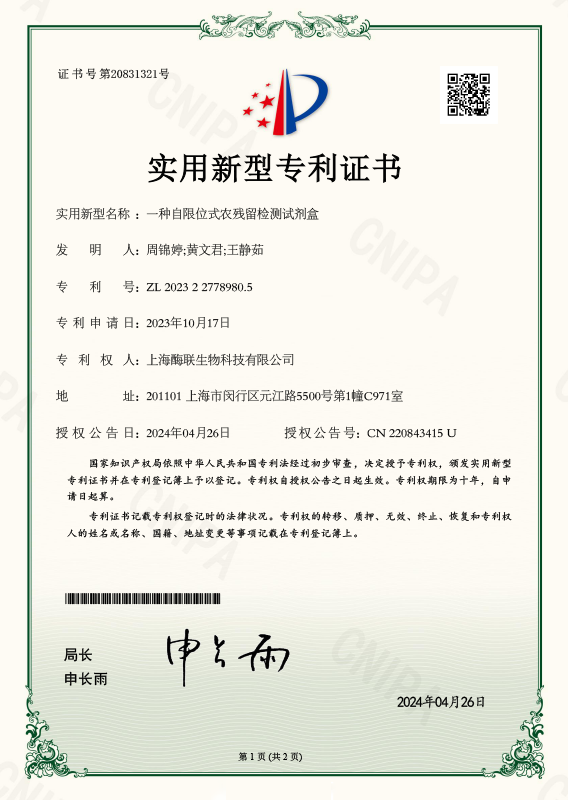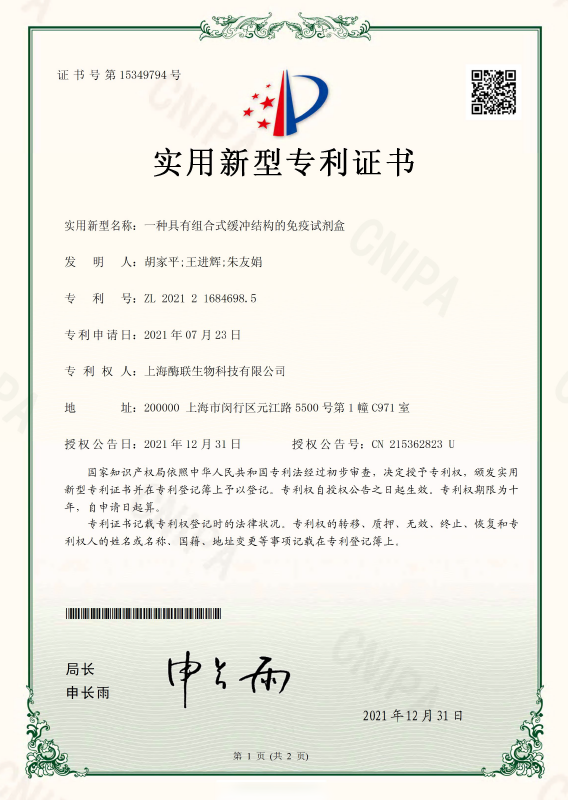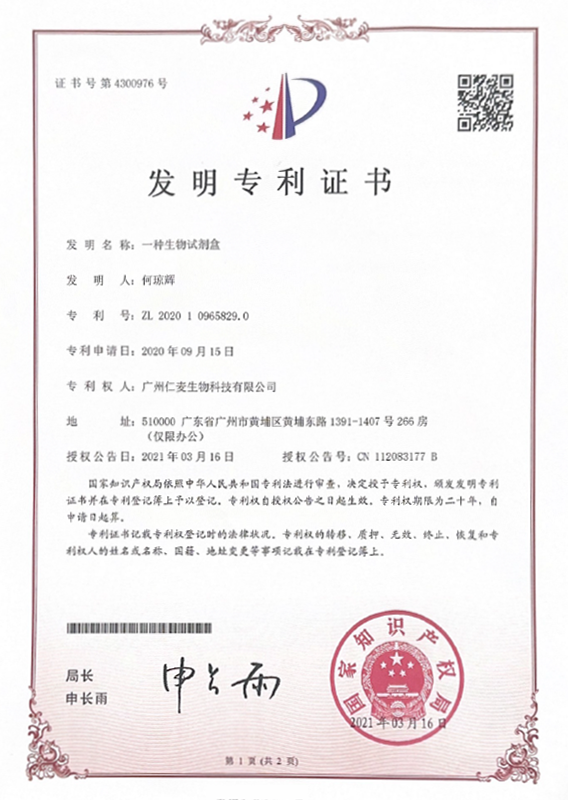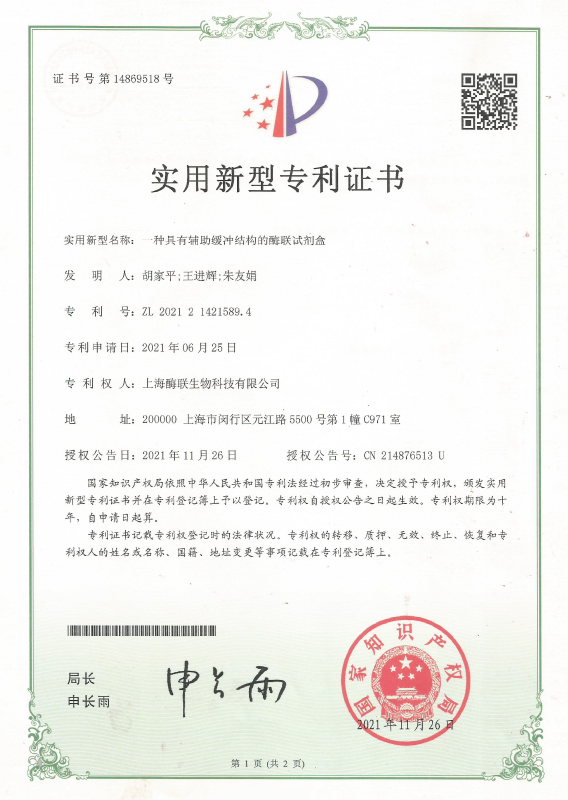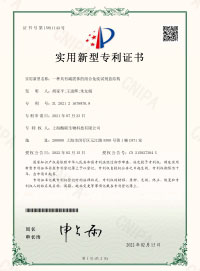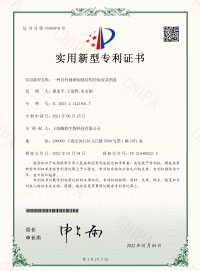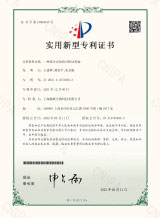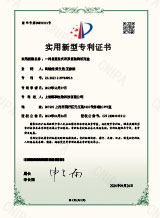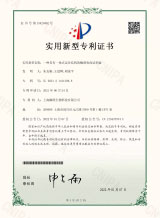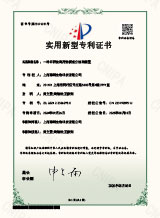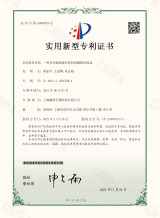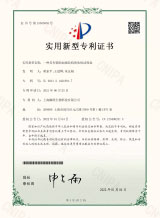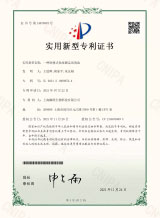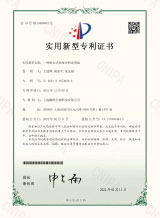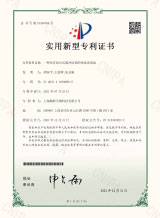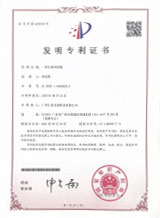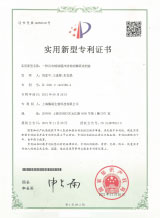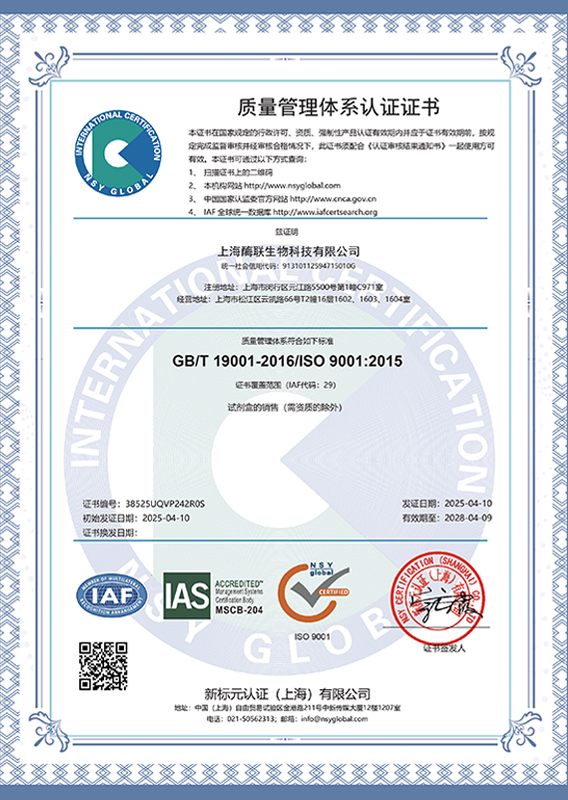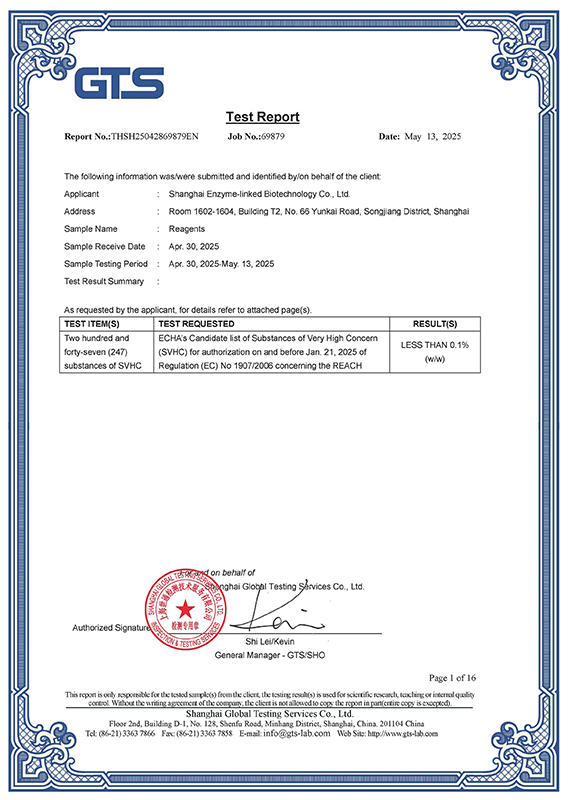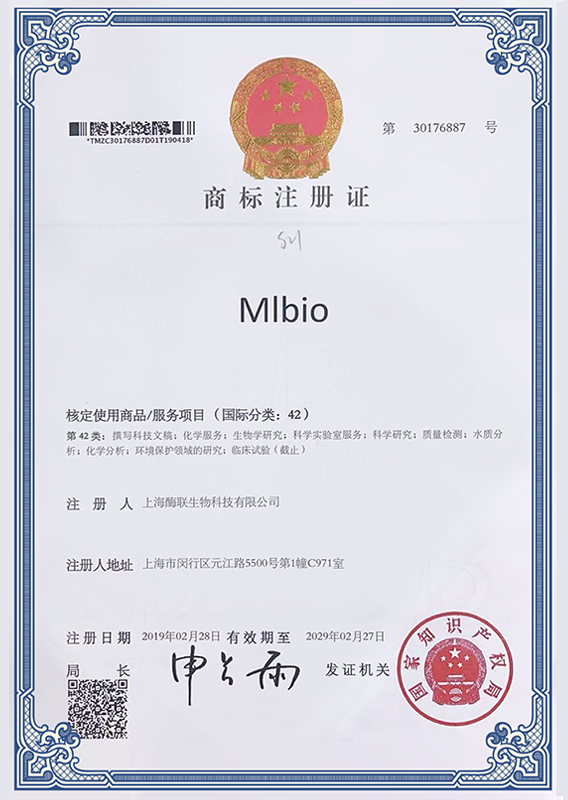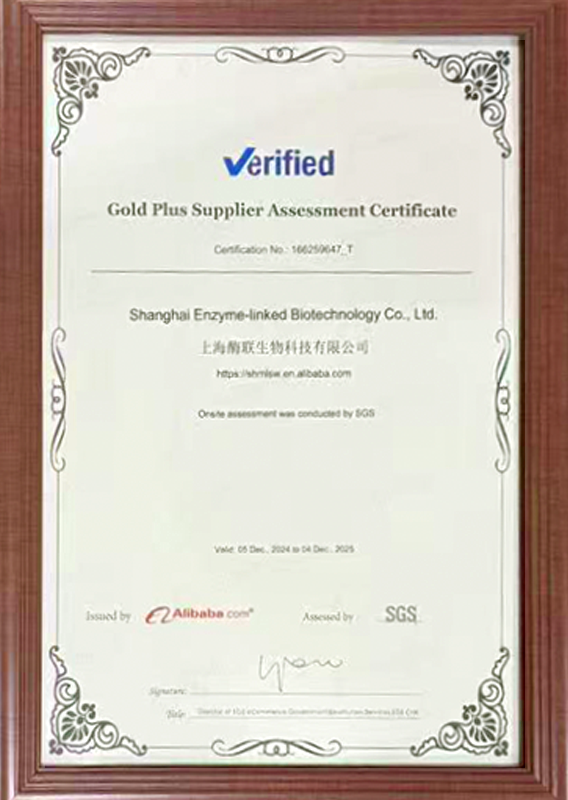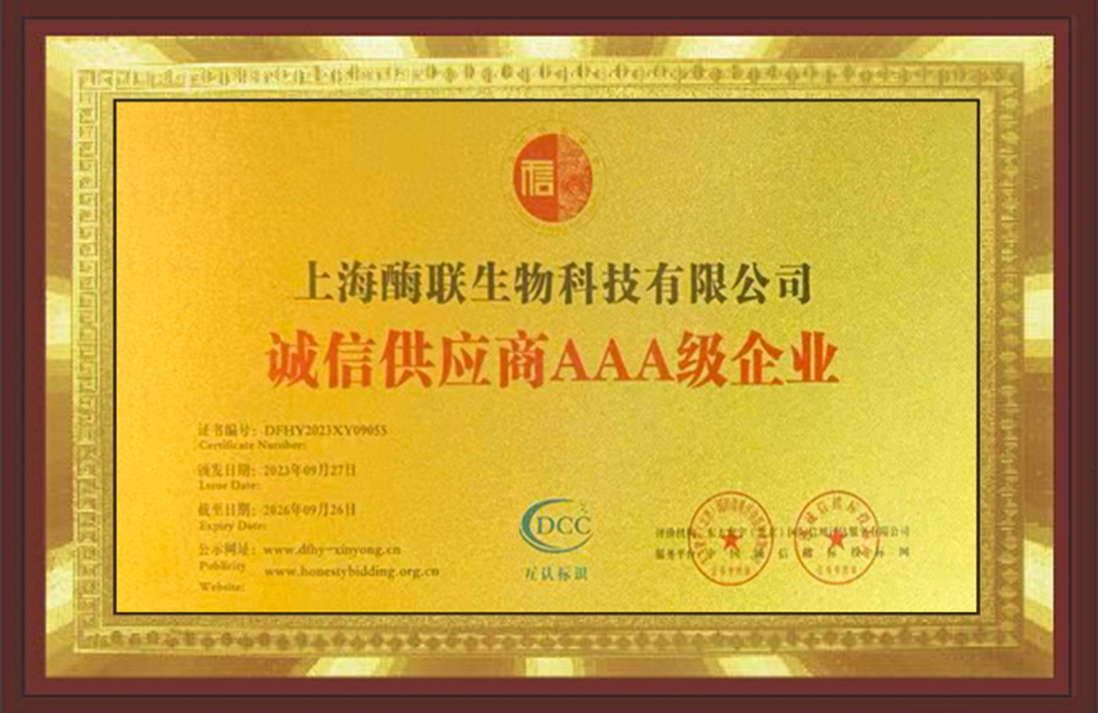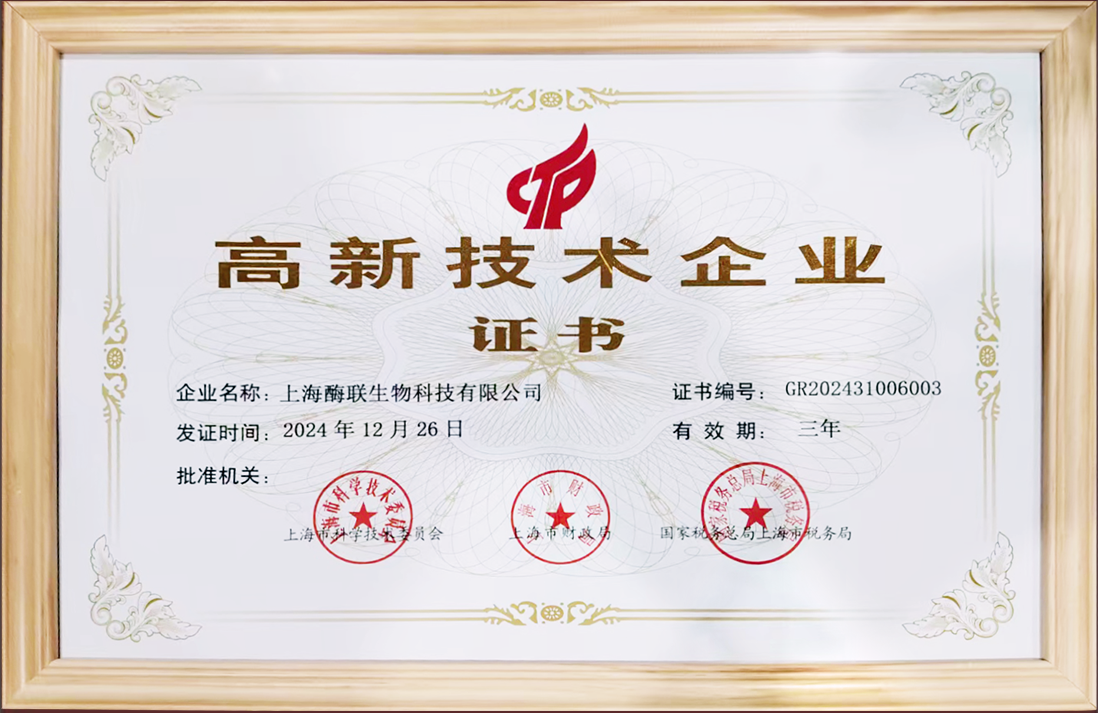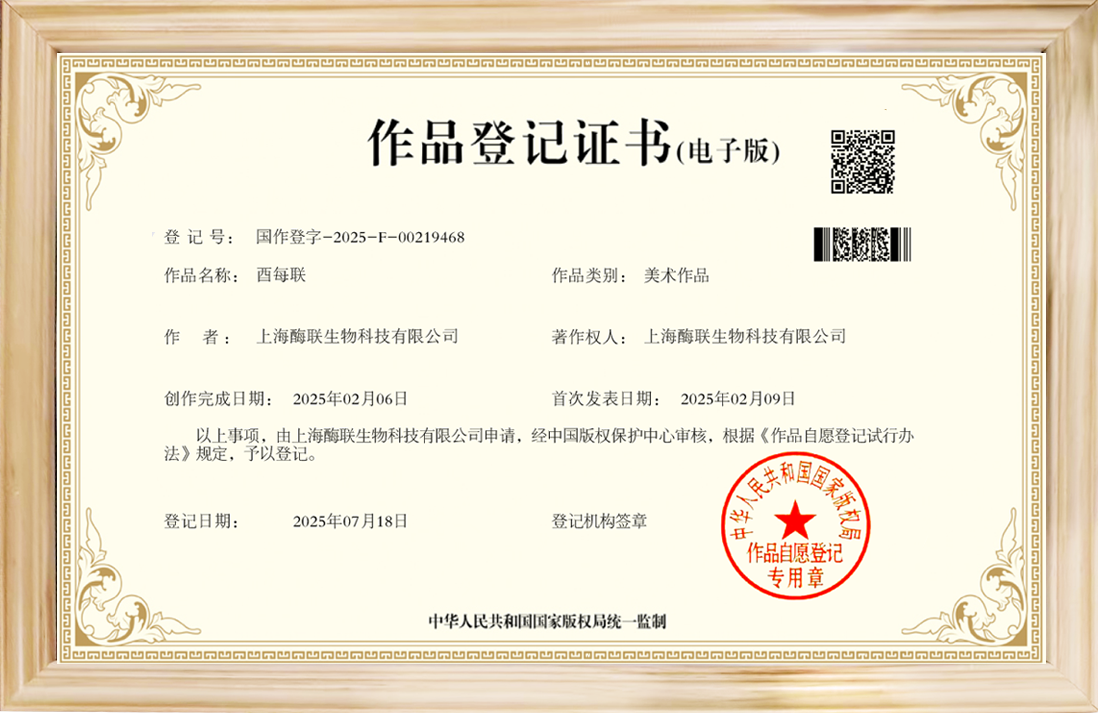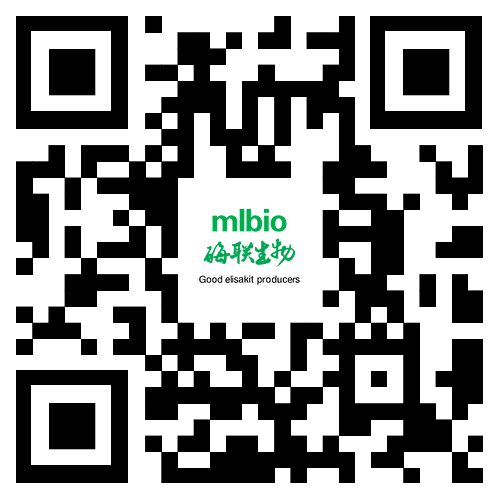上海酶联生物提供-公司试剂盒文献
<p><strong>酶联文献:</strong>Lactobacillus reuteri attenuated allergic<br />
inflammation induced by HDM in the mouse<br />
and modulated gut microbes<br />
Lingzhi Li1,2, Zhifeng Fang1,2, Xinyang Liu1,2, Wenbin Hu1,2, Wenwei Lu1,2,3,4, Yuan-<br />
kun Lee5, Jianxin ZhaoID1,2,3*, Hao Zhang1,2,3,4,6, Wei Chen1,2,3,7<br />
</p>
<p>a 1 State Key Laboratory of Food Science and Technology, Jiangnan University, Wuxi, China, 2 School of<br />
Food Science and Technology, Jiangnan University, Wuxi, China, 3 National Engineering Research Center<br />
for Functional Food, Jiangnan University, Wuxi, China, 4 (Yangzhou) Institute of Food Biotechnology,<br />
Jiangnan University, Yangzhou, China, 5 Department of Microbiology & Immunology, Yong Loo Lin School of<br />
Medicine, National University of Singapore, Singapore, Singapore, 6 Wuxi Translational Medicine Research<br />
Center and Jiangsu Translational Medicine Research Institute Wuxi Branch, Wuxi, China, 7 Beijing<br />
Innovation Centre of Food Nutrition and Human Health, Beijing Technology and Business University (BTBU),<br />
Beijing, China </p>
<p><img src="/images/upload/Image/图片1(2).jpg" width="681" height="372" alt="" /></p>
<p> </p>
<p>Using the results from hierarchical clustering, we categorized the Lactobacillus groups into three classes for further LEfSe analysis.<br />
We found that 17 taxa sequences were significantly<br />
altered in the Lactobacillus groups. Rhodococcus, Streptococcus, Allobaculum, Blautia, Faecali-<br />
bacterium, Lactobacillus, Bifidobacterium, and Enterococcus increased whereas Turicibacter,<br />
Anaerostipes, Coprococcus, and Adlercreutzia decreased in the Lactobacillus groups, compared<br />
with the model group. The abundance of Bacteroides, which decreased in the model group,<br />
increased only after L. rhamnosus administration. Prevotella, Eggerthella, Eubacterium, and<br />
Oscillospira were enriched in control (Fig 5A).</p>


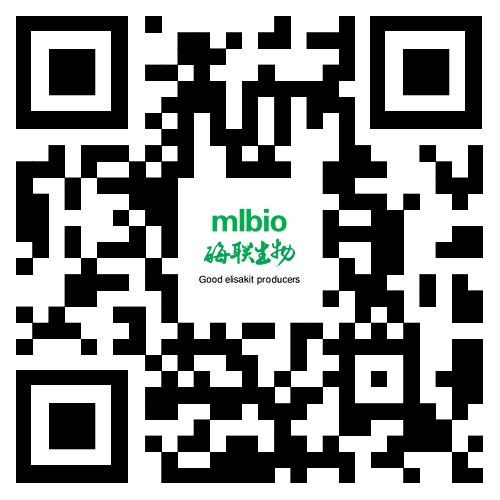 酶联官方手机二维码
酶联官方手机二维码